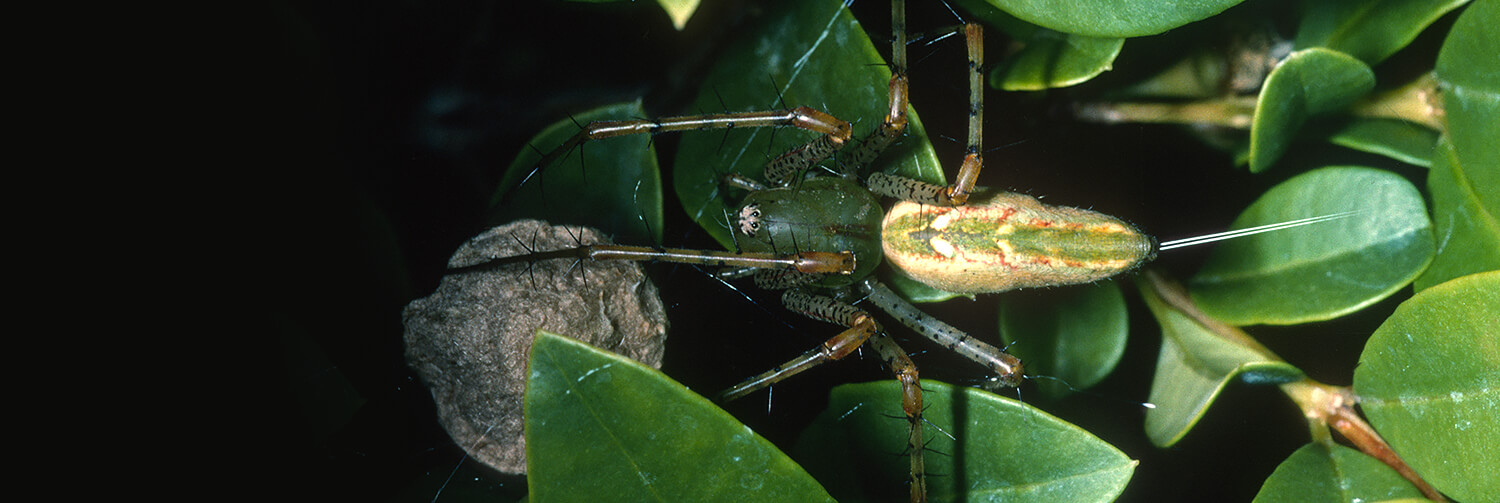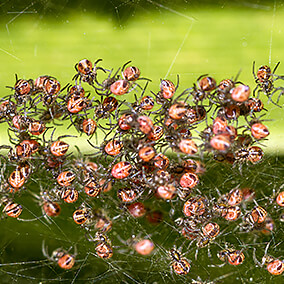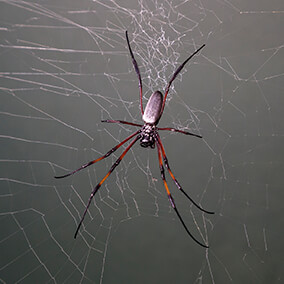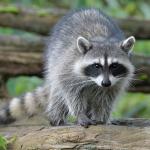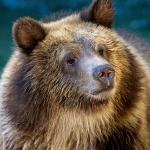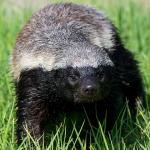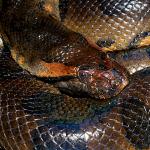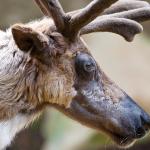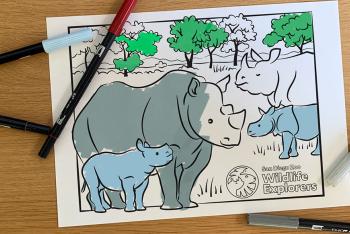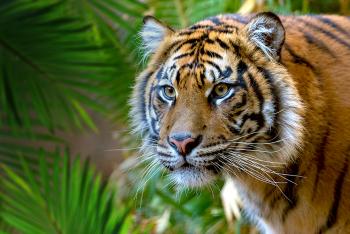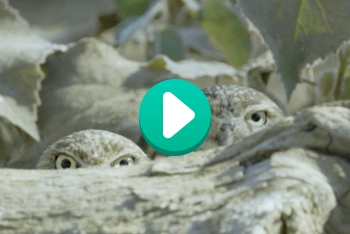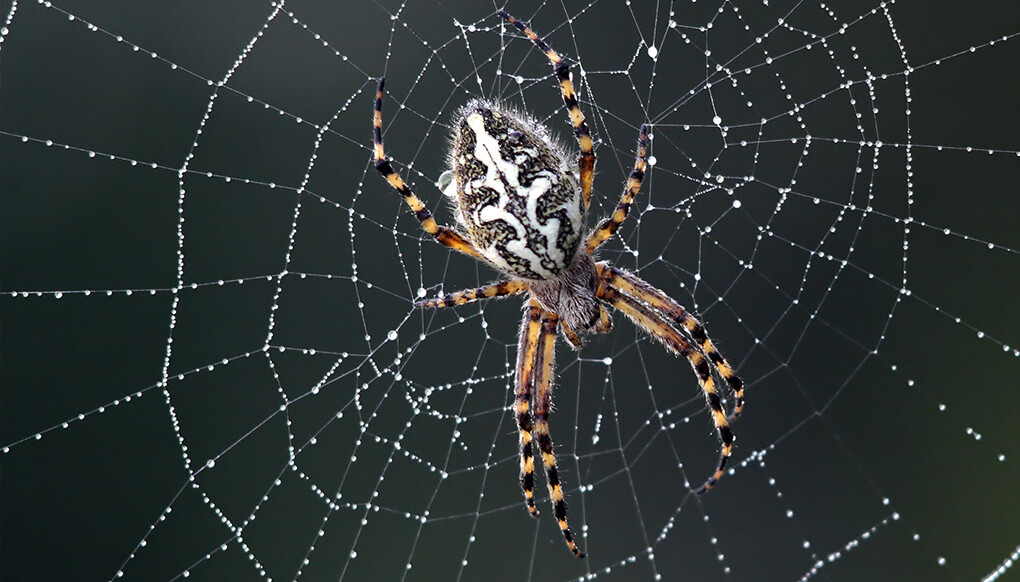
Spider

Arthropods


Some Endangered
facts

description
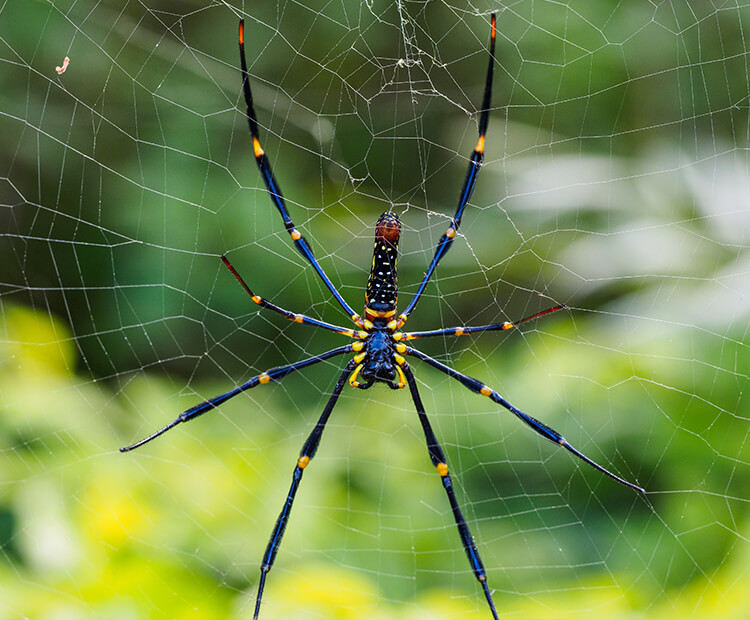
Eight-legged life
Spiders belong to a group of animals called Arachnids (uh-RACK-nidz)—animals that have 8 legs. Ticks, mites, and scorpions are also arachnids. What makes spiders special? They produce silk and have fangs.
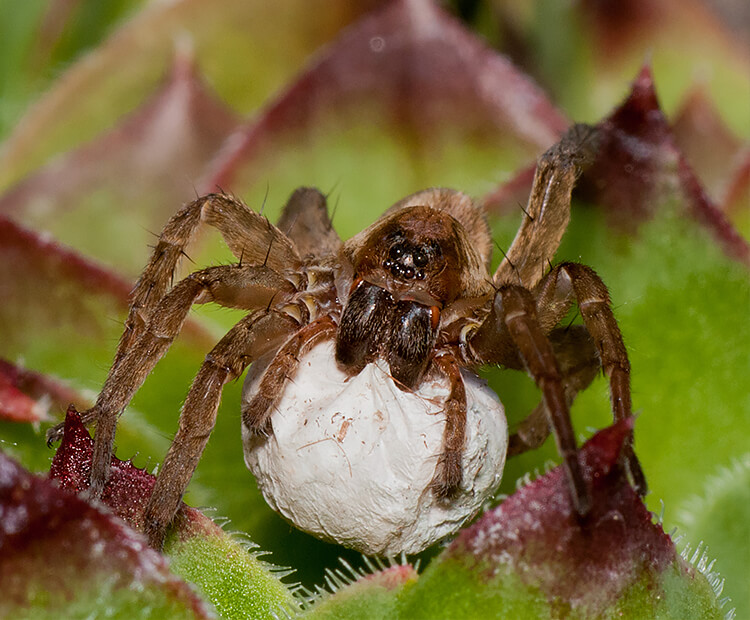
Spinning a tail
At the rear end of its body, a spider has special openings called spinnerets. Silk is made inside the spider’s body and pushed out through the spinnerets. Spiders are famous for the webs they create, but not all spiders use their web to catch a meal. Some spiders use their silk to line the inside of the burrow they live in. Female spiders make cocoons to hold and protect their eggs.
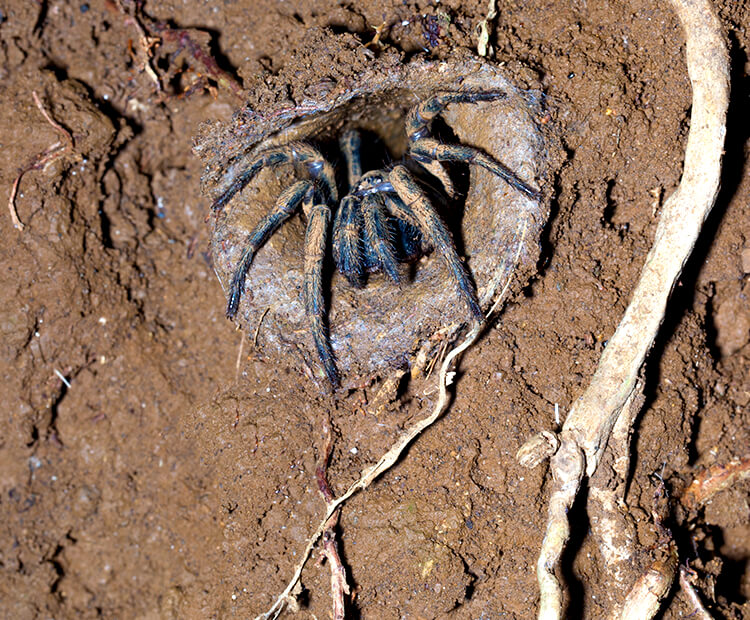
Fangs for food
A web is one way to snag a meal, but some spiders simply pounce on their prey. No matter how they catch it, all spiders kill their prey by using their fangs to inject venom. The toxic liquid makes the prey unable to move, so the spider can eat it.

